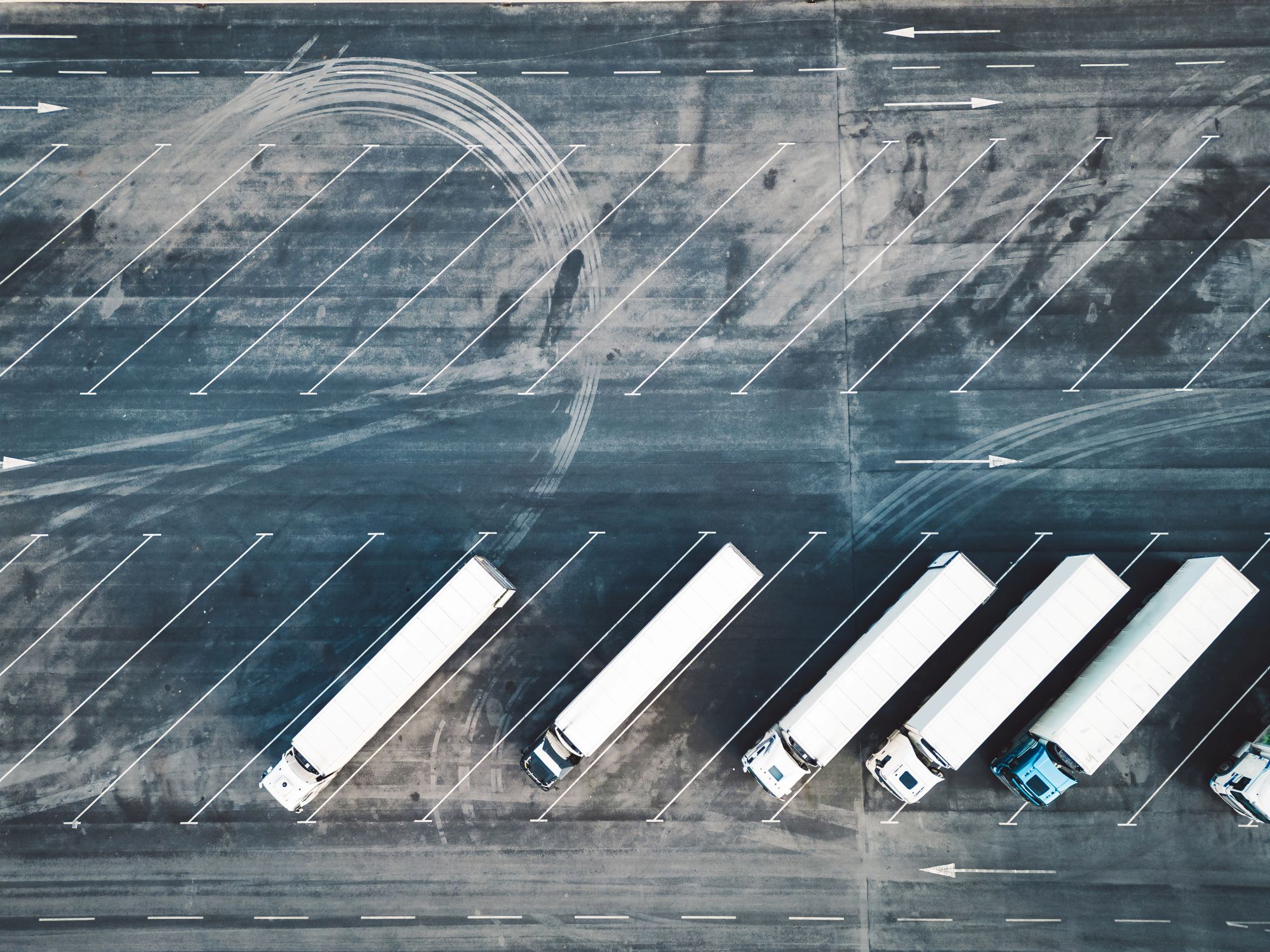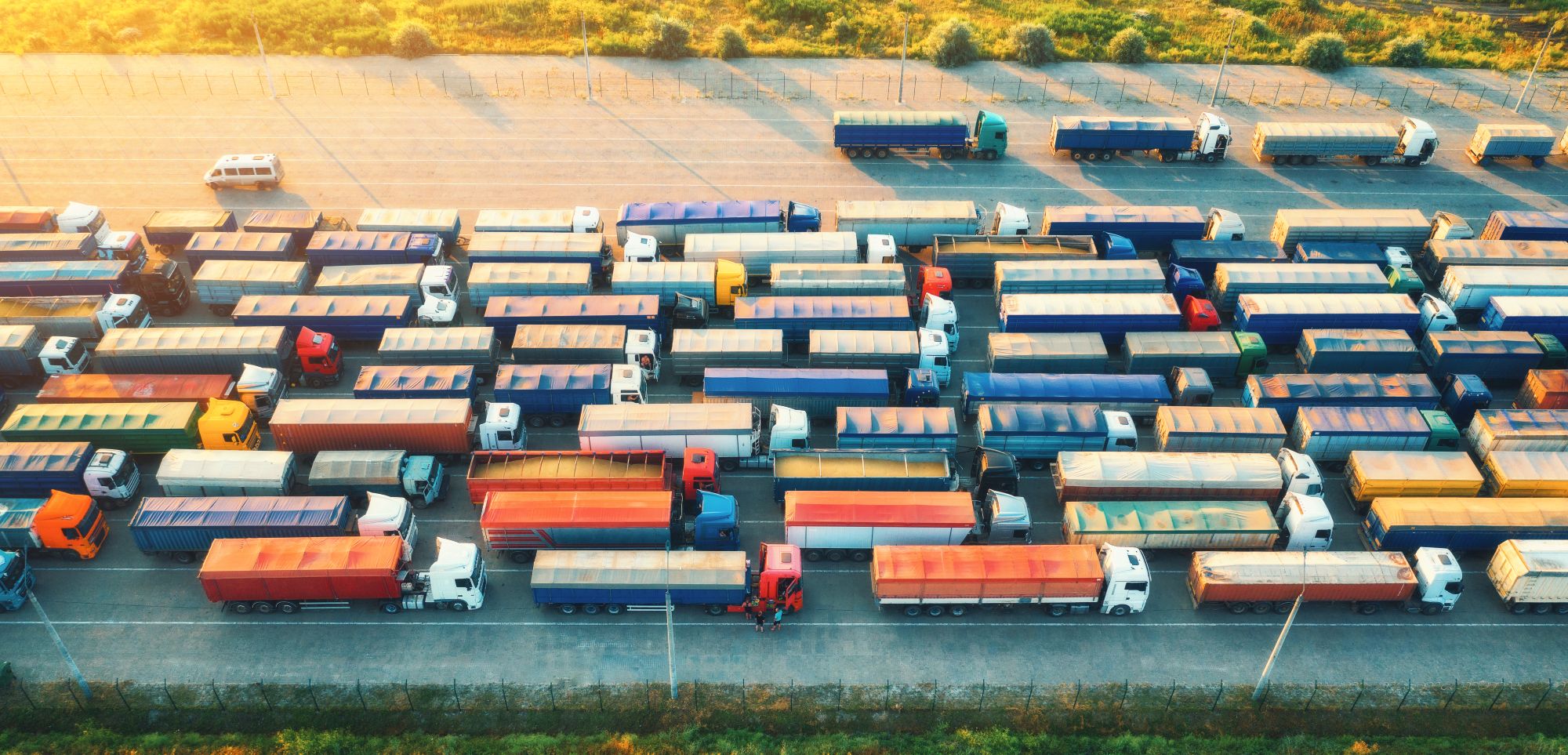
Guest
Nízkoemisní zóny ve Španělsku: Co by měli provozovatelé vozových parků vědět
Vytvořeno: 03.10.2025
•
Aktualizováno: 08.10.2025
Do konce roku 2025 omezí 149 španělských měst - od Madridu a Barcelony po turistická centra jako Valencie, Alicante a Benidorm - vjezd vozidel s vysokými emisemi. Pro provozovatele vozových parků to znamená nová rizika spojená s dodržováním předpisů, nákladné modernizace a přísnější termíny dodávek.
Španělské nízkoemisní zóny (Zonas de Bajas Emisiones, ZBE) jsou součástí širšího evropského úsilí o zlepšení kvality ovzduší a snížení emisí z dopravy. Tyto zóny již fungují ve velkých městech po celé zemi a jejich dodržování je vynucováno pokutami až do výše 200 eur, přičemž pravidla se v jednotlivých městech liší.
V této příručce vysvětlujeme, jak ZBE fungují, jakých kategorií vozidel se týkají a co musí provozovatelé udělat, aby jejich vozový park zůstal na silnici.
Pravidla ZBE a kategorie vozidel
ZBE se podle španělských zákonů zavádí ve městech s více než 50 000 obyvateli (a ve městech nad 20 000 obyvatel s obzvláště špatnou kvalitou ovzduší), aby se zlepšila kvalita ovzduší ve městech a podpořily cíle EU v oblasti klimatu.
Přístup na ZBE je určen ekologickou značkou vozidla (distintivo ambiental), kterou vydává španělské Generální ředitelství pro dopravu (DGT).
Jedná se o tyto kategorie:
Zero (modrý odznak):
Plný přístup
● 100% elektrická vozidla (BEV)
● Vozidla s vodíkovými palivovými články (FCEV)
● Plug-in hybridy s elektrickým dojezdem alespoň 40 km
Eco (zelený/modrý odznak):
Obecně neomezený přístup
● Standardní hybridy (HEV)
● Plug-in hybridy s elektrickým dojezdem menším než 40 km
● vozidla na plyn (CNG/LNG/LPG)
C (zelený odznak):
Přístup s určitým časovým/oblastním omezením
● Benzínová vozidla: Euro 4/5/6 (obvykle od roku 2006)
● Vozidla se vznětovými motory: Euro 6 (obvykle od roku 2014)
B (žlutý odznak):
Stále častěji omezován, často zakázán v době dopravní špičky.
● Benzínová vozidla: Euro 3 (obvykle 2000-2005)
● Vozidla se vznětovými motory: Euro 4-5 (obvykle 2006-2013)
Žádný odznak:
Obecně zákaz vstupu na všechny ZBE
● Vozidla s benzinovým motorem, která nesplňují normu Euro 3
● vozidla s dieselovými motory, která nesplňují normu Euro 4
Benzinová vozidla s emisní normou nižší než Euro 3 a dieselová vozidla s emisní normou nižší než Euro 4 mají obvykle zákaz vjezdu do ZBE, i když se omezení v jednotlivých městech liší.
Je důležité si uvědomit, že zahraniční vozidla se musí před vjezdem do ZBE registrovat u místních městských úřadů, a to i v případě, že splňují odpovídající normy Euro. Bez registrace mohou vyhovující vozidla čelit automatickým pokutám, což se stalo běžným problémem mezinárodních dopravců působících ve Španělsku.

Oblasti ovlivněné ZBE
V Madridu a Barceloně platí ZBE již několik let, s velmi specifickými pravidly a rozsáhlými oblastmi pokrytí. Do konce roku 2025 se systém rozšíří na 149 měst, včetně menších měst a turistických destinací, jako jsou Benidorm, Valencie, Sevilla a Alicante.
Některá města své zóny stále zavádějí nebo postupně prosazují, přičemž existují přechodná období (např. ve Valencii a Benidormu platí varování až do konce roku 2025). Jiná města, jako například Málaga, začnou pokutovat nedodržující vozidla od prosince 2025.
Je třeba poznamenat, že města mohou mít různá pravidla, přičemž některá z nich povolují pro základní služby i vozidla, která nejsou v souladu s předpisy, takže je důležité se před vysláním vozidla seznámit s pravidly konkrétního města.
Španělsko není jediné: více než 320 měst po celé Evropě nyní provozuje LEZs, s francouzským systémem Crit'Air, německé Umweltzonen a ULEZ ve Velké Británii patří mezi nejzavedenější. Pro přeshraniční dopravce to vytváří změť pravidel, nálepek a sankcí, které zvyšují rizika a náklady na dodržování předpisů.
Co musí provozovatelé vozového parku udělat
Musíte zajistit, aby vaše vozidla byla označena příslušným odznakem DGT nebo registrována, pokud jsou opatřena zahraniční značkou.
Pokuty za nedodržení předpisů jsou obvykle stanoveny na 200 EUR za porušení, i když se mohou v jednotlivých obcích lišit. Města jako Madrid a Barcelona již začala tyto pokuty udělovat prostřednictvím systémů automatického rozpoznávání registračních značek (ANPR).
Problémy pro správce vozového parku
Obnova vozového parku a náklady
Mnoho logistických společností se potýká s překážkami, protože starší dieselová nákladní vozidla mají nyní zakázaný nebo omezený vjezd do měst. Ve skutečnosti je průměrné stáří španělského vozového parku nákladní dopravy 14 let. To znamená, že značný počet vozidel nevyhovuje předpisům a musí být vyměněn, pokud chtějí dopravci vstoupit do ZBE.
Ceny vozidel zvyšují tlak: elektrický těžký nákladní automobil může stát třikrát více než jeho dieselový ekvivalent, zatímco vodíkové nákladní automobily jsou ještě dražší.
Španělská konfederace nákladní dopravy CETM-Madrid odhaduje, že kumulativní náklady na silniční nákladní dopravu v Madridu činí přibližně 1,3 miliardy eur (https://transporteprofesional.es/ultimas-noticias/cetm-madrid-reclama-modificar-el-calendario-de-acceso-a-las-zonas-de-bajas-emisiones-a-los-camiones), a požaduje úpravu termínů a větší podporu.
Komprese času
Údaje ukazují, že změny mají dopad na harmonogramy dodávek. Nedávný průzkum mezi podniky v pilotních zónách zjistil, že [36,7 % z nich uvedlo delší dodací lhůty a zvýšené náklady na dopravu] (https://www.jiem.org/index.php/jiem/article/download/6902/1089).
K přetížení dochází také v době omezeného rozvozu (8-10 hodin), kdy o přístup soutěží mnoho dopravců. Přibližně 83 % dotázaných podniků také uvedlo jako hlavní příčinu zpoždění nedostatek vhodných nakládacích/vykládacích ploch.
Tento efekt "časové komprese" - kdy jsou dodávky nuceny být dodávány v kratším časovém úseku - vytváří úzká místa na hranicích zón, což zvyšuje pravděpodobnost pozdních příjezdů a narušení dodavatelských řetězců.
Personální tlaky
Narušení harmonogramu přesahuje rámec trasování vozidel a týká se i řízení pracovní síly. Přístup Barcelony k ZBE ilustruje tento problém: město nabízí dvouhodinové noční rozvozové intervaly (21:00-07:00), aby snížilo přetížení během dne, ale podle španělských pracovních dohod má mzda za noční práci příplatky ve výši přibližně 25 %.
Provozovatelé vozových parků tak stojí před obtížnou volbou: smířit se s přetížením a zpožděním během dne, nebo absorbovat zvýšení nákladů na pracovní sílu při nočním provozu.
Přínosy zavedení ZBE pro životní prostředí
Navzdory problémům přinášejí ZBE zřetelné přínosy pro veřejné zdraví. Studie madridské centrální zóny LEZ zaznamenaly významné snížení oxidu dusičitého (NO₂) v rámci zóny. Širší evropský výzkum ukazuje, že emise sazí klesly až o 47 % a ultrajemných částic o 56 % po zavedení LEZ.
Toto snížení se přímo promítá do zlepšení kvality ovzduší, snížení počtu respiračních onemocnění a snížení počtu hospitalizací. Pro obyvatele měst - a řidiče, kteří tráví hodiny v dopravních zácpách - jsou zdravotní výhody hmatatelné, i když nepříjemné.
Podpora řidičů a provozovatelů v celé Evropě
"Nízkoemisní zóny jsou tu," komentuje Raqual Martinez, evropský obchodní manažer společnosti SNAP. "Výzvou pro naši komunitu je přizpůsobit se, aniž by byla ohrožena efektivita nebo blaho řidičů. Ve společnosti SNAP jsme odhodláni podporovat vozové parky ve Španělsku i v celé Evropě a pomáhat jim proměnit změny předpisů v provozní výhody."
I když nemůžeme změnit pravidla LEZ, naše aplikace intruck usnadňuje život na silnici. Řidiči si pomocí ní mohou najít a rezervovat bezpečné parkování a mytí kamionů, zjistit, jaká zařízení jsou k dispozici na každé zastávce, a naplánovat přestávky na odpočinek, které se vejdou do kratších dodacích lhůt - ať už jedou do Madridu, objíždějí Barcelonu nebo překračují hranice na delších trasách.
Stáhněte si ještě dnes aplikaci intruck a zajistěte si hladší provoz v rozvíjející se španělské dopravě.



